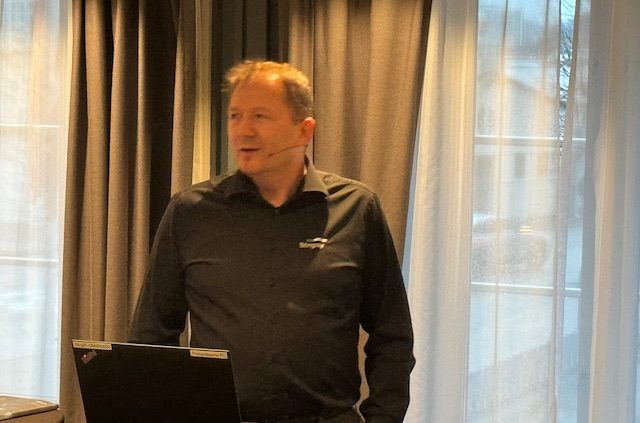Stingray confirms expansion as demand for lice laser technology grows.
Stingray Marine Solutions has confirmed it is constructing a second factory to meet growing demand for its lice laser technology, as the company unveiled its Fish Health Report 2024 at the North Atlantic Seafood Forum (NASF) in Bergen.
Stingray’s image-based detection system operates continuously, using a laser beam to eliminate sea lice as fish swim by. This method drastically reduces the need for reactive treatments, presenting an environmentally friendly solution to a problem that inflicts yearly losses of around $1 billion worldwide to the salmon industry.
The report provides data from more than 130 sites along the Norwegian coast, where Stingray’s lice lasers and Fish Health Hub are in operation, monitoring over 80 million salmon and trout across 30 to 40 aquaculture companies.
The launch event was used to highlight the company’s rapid growth, with Mowi set to operate 250 lice laser units by the end of the year, up from 80 currently, as reported by SalmonBusiness earlier this week.
Mowi to operate 250 lice-zapping robots by the end of the year
However, under current production constraints, the company is only able to manufacture six units per day, leading to the decision to scale up production.
The expansion comes as the cleaner fish industry continues to decline, with Stingray CEO John Arne Breivik describing the company’s success as marking the end of cleaner fish as a large-scale lice control strategy.
At its peak, Norway used 60 million cleaner fish per year, a number that has already fallen sharply as alternative lice management solutions gain traction.
Stingray describes its laser-based technology as a means to improve fish welfare, reduce mortality, and enhance lice control, positioning it as a key tool for aquaculture’s long-term sustainability. The company said the report aims to provide industry stakeholders with a factual basis for further development.
Lice treatments remain one of the primary causes of physical damage and increased mortality in farmed salmon, with mechanical delousing methods in particular contributing to skin lesions, scale loss, and stress-related health issues. Thermal and freshwater baths, pressure washing, and chemical treatments can all lead to wounds that leave fish vulnerable to secondary infections, such as tenacibaculosis and amoebic gill disease.
The repeated handling and exposure to high water temperatures during these treatments can weaken fish resilience, increasing susceptibility to disease and raising overall mortality rates. As lice resistance to traditional treatments has grown, frequent and intensive interventions have exacerbated these welfare concerns, prompting the industry to seek less invasive alternatives such as lice lasers.

